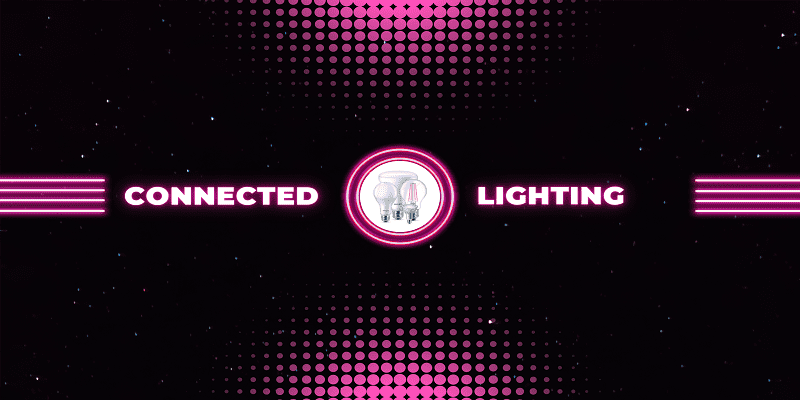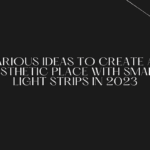When it arrives, your domestic light bulb will be the next victim of the Internet of Things. Are you prepared to replace the standard light switch with an intelligent smartphone app or wash your room in a rainbow of colors? To discover everything there is to know about “Connected lighting in SME,” keep reading. How does connected lighting work?
What is Connected Lighting?
Every type of lighting equipment with intelligence or connectivity is called “Connected lighting in SME” as a catch-all term and marketing buzzword. Although most connected lighting systems will require a separate “bridge” to link the lights to the internet, each fixture or bulb has its hardware address.
Let’s look at some of the characteristics you should look for since linked lighting encompasses a wide range of capabilities.
The color changes
The ability to modify the color of your Smart lighting in SME was made possible by inexpensive RGB LEDs, sometimes known as hue adjustment, which implies the same thing but sounds fancier. But keep in mind that you can only fit so many LEDs into a conventional-sized bulb before their brightness falls short of that of your existing high-intensity lights.
Web and smartphone control
Connected lighting in SME will include some sort of app, allowing for everything from the essential ability to turn on lights from anywhere globally with a Wi-Fi connection to more sophisticated capabilities like using location data to turn on lights automatically when you get home.
Look for a comparable online interface with the same features but from any device and a smartphone app.
Intelligent Management
This could entail integration with services like IFTTT or a custom solution from the manufacturer that turns on lights by a set schedule. For instance, changing the Smart lighting in SME to blue when it’s raining is the most popular recipe on the Phillips Hue channel.
Favorite Scenes and Grouping
You’re weird, but your smartphone app can probably save that to a list of favorite “scenes,” ready to be recalled immediately without having to set each bulb again individually. If you particularly like how the room looks when the reading light is green, the lighter by the door is blue, and the table lamp is pink, that is the best way to describe how the room looks. Using smart grouping, you may assign any number of lights to various spaces in your home and control them all at once.
What Makes Connected Lighting Desirable?
Others could counter that having the ability to turn off your lights in case you forget remotely is fantastic for conserving energy. Still, over time, any savings would be offset by the power hogging of these smart bulbs. The fact that they are LED-based accounts for any additional power-saving features. However, you may get LED lighting without the bulbs being “linked.”
Making a property appear active when you’re on vacation is an obvious security advantage. Still, utilizing an electrical timer is similar to what you could achieve.
The distinction is that a linked bulb can be retrofitted to an existing lighting system, unlike a timer, which is only suitable for floor-standing lamps because it is a virtual mechanical device that attaches to a plug.
If you are searching for a professional connected lighting software brand, INTERACT is the best solution, as it manages, controls, and monitors lighting systems.
https://www.interact-lighting.com/
E-mail: [email protected]
Call us: 000 800 050 7777*


